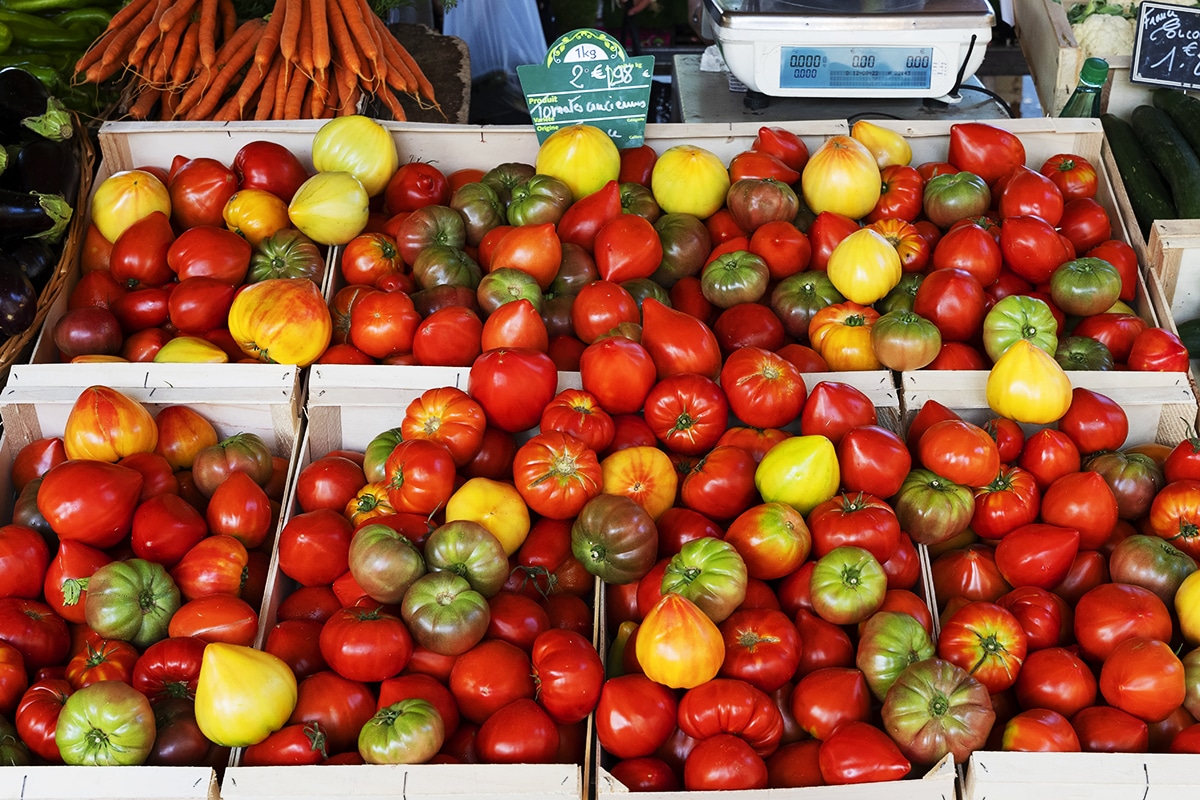The Importance of Food Preservation
Food preservation is an essential step in ensuring that our favorite foods remain safe from spoilage and contamination. As we all know, once food items are exposed to bacteria, they start to decay, resulting in bad smells and an unappealing taste. Thankfully, there are proven effective methods for preserving our favorite meals and extend their shelf life. In this article, we’ll reveal the secrets of effective food preservation.
The Basics of Food Preservation
So, what exactly is food preservation? Food preservation is the process of treating food items to inhibit or prevent the growth of bacteria, fungi, and other harmful microorganisms. This process helps to extend the shelf life of food items, making them last longer without spoiling.
There are various preservation methods used in ensuring that our food items remain safe for consumption, including refrigeration, freezing, drying, canning, pickling, and smoking. All of these methods work by creating conditions that make it difficult for bacteria, yeast, and molds to survive.
Refrigeration and Freezing
Refrigerating food items is one of the most popular preservation methods used in households and commercial kitchens. Refrigerators use low temperatures to slow down the natural degradation process of food items. By maintaining a temperature of 40°F or below, refrigerators can help preserve foods such as fresh fruits, vegetables, dairy products, and meat.
Freezing food items is also an effective preservation method. Freezers maintain temperatures of 0°F or below, effectively stopping bacteria growth in food items. Frozen food items can remain safe for consumption for several months, significantly extending their shelf life.
It’s worth noting that when freezing food items, it’s essential to store them in airtight containers or freezer bags to prevent moisture loss and freezer burn.
Canning and Pickling
Canning is a preservation method that involves sealing food items in an airtight container and then heating them to high temperatures to kill bacteria. The most popular foods that are canned include vegetables, fruits, and meats. Canned food items can last for several years without spoiling, and this makes them an excellent choice for long-term storage.
Pickling is another preservation method that involves immersing food items, mostly vegetables, in a mixture of vinegar, salt, and spices. The acidic nature of the mixture helps prevent the growth of bacteria and makes the food items safe for consumption. Pickled food items can last for several months when stored in a cool, dry place.
Drying and Smoking
Drying food items is another popular preservation method used in households worldwide. By removing moisture from food items, dried foods can significantly extend their shelf life. Drying can be achieved by leaving food items in the sun or using an oven or dehydrator. Common food items that are dried include fruits, meat, and fish.
Smoking food items is another effective preservation method, especially for meat. Smoking involves exposing food items to smoke for a set duration of time. The smoke helps to kill bacteria, while also adding flavor and aroma to the food items. Smoked meat items can last for several weeks when stored in a cool, dry place.
Top Tips for Food Preservation
Now that we’re familiar with the different food preservation methods let’s take a look at some useful tips that can help preserve our favorite food items.
1. Always store food items properly – Keep food items in airtight containers and refrigerate as necessary.
2. Follow safety guidelines- Always practice good hygiene when handling food items, and follow all safety guidelines when preserving food items.
3. Label food items- Labeling food items with the date of preservation is essential in helping you keep track of their shelf life and ensuring that you consume them before they spoil.
4. Opt for food items that are less perishable – Food items such as rice, grains, and dried beans have a longer shelf life and are less perishable than fruits, vegetables, and meats.
5. Keep your preservation tools and equipment in good condition- Regularly clean and maintain your preservation tools and equipment to ensure that they remain in good working condition.
6. Avoid exposing food items to direct sunlight – Exposure to sunlight can cause food items to spoil faster.
Conclusion
Food preservation is an essential step in keeping our favorite foods safe from spoilage and contamination. By following the above tips and utilizing the different preservation methods available, we can significantly extend the shelf life of our food items. Always practice good hygiene when handling food items and ensure that you follow all safety guidelines when preserving food items. Remember to label your food items and keep your preservation tools and equipment in good working condition to ensure the best results.

Deja una respuesta